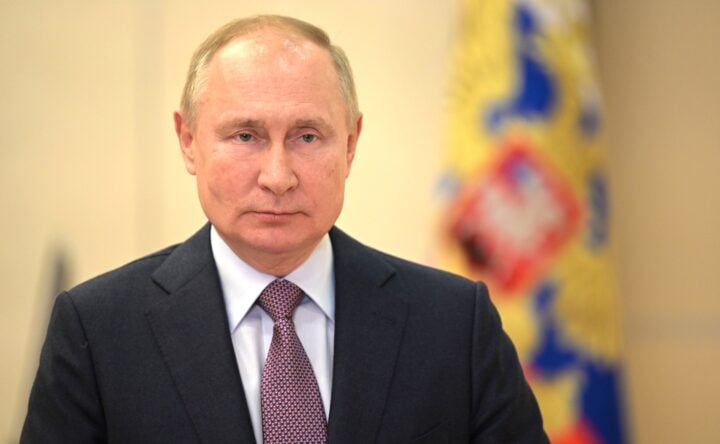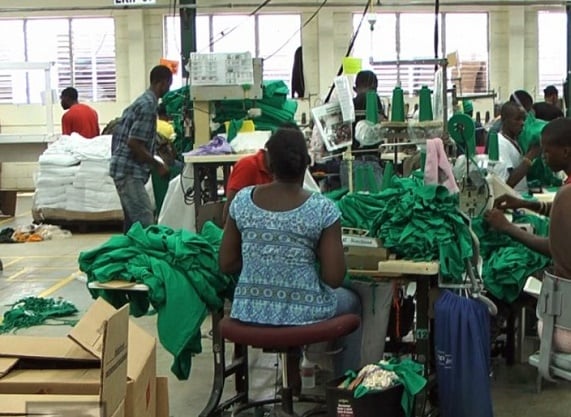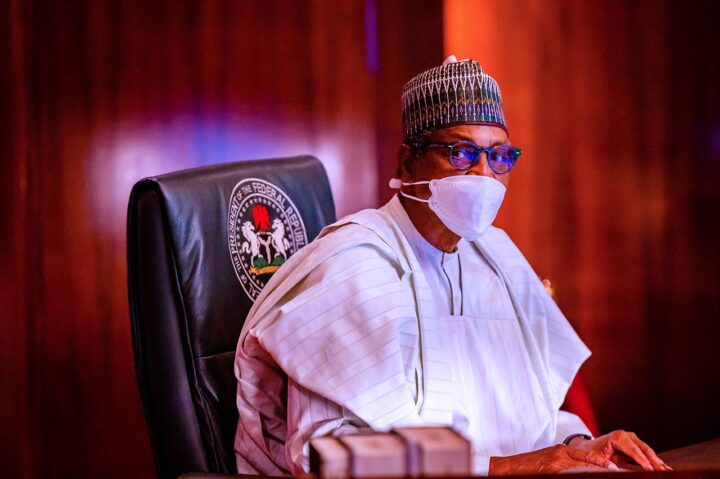Old heads will remember the television series, ‘Return of the Saint’. Well, it turns out that even in international politics, we do have “returns” and reincarnations. There is the desire or campaign to return to or reclaim old territories, known as irredentism. One can situate some of the arguments of Russia and its relationship with its neighbours on this. Indeed, part of the argument that Russia has put forward with regards to its military incursions into Ukraine, first by annexing the Crimea in 2014, and now by invading the rest of the country, is that the territory known as Ukraine has always been a nominal part of Russia.
But the interest here is on the return of a personality. Joseph Stalin, the man who built an empire in the 20th century. Following the Bolshevik Revolution of 1917, Stalin was one of several close allies of Vladimir Lenin, leader of the revolution. By 1922, Lenin handpicked him as his deputy and general secretary to the party. As Lenin’s health deteriorated, eventually leading to his death in 1924, Stalin’s powers and influence increasingly grew. Those powers were used to bring neighbouring republics under Russian influence through various military expeditions, and eventually as part of the Union of Soviet Socialist Republics (USSR). Some, like the Baltic states (Estonia, Lithuania, and Latvia), were forcibly conscripted during the second World War (WW2).
From 1924 to his death in 1953, Stalin wielded absolute powers. Opponents and former allies were ruthlessly taken out. Dissent was crushed. Along the way, he won WW2 after halting Nazi Germany at his own doorstep, further increasing his powers and popularity at home. By the time death came calling in 1953, the USSR was the world’s biggest country, spread over 11 time zones. More importantly, it was one of the world’s two superpowers, complete with nuclear arms, and with vassal states spread across different parts of the world. The competition with the US for supremacy started under him and led to an arms race, uneasy peace in Europe, and multiple centres of proxy wars and conflicts around the world.
In Vladimir Putin, we find parallels to Stalin’s reign as Soviet leader. Like Stalin, Putin was handpicked by his predecessor, President Boris Yeltsin, as his successor. His selection was not the result of any consensus or discussion. While Yeltsin was no Lenin, it is doubtful if both desired or expected to have authoritarians as their successors.
Advertisement
Also like Stalin, Putin met Russia when it was down. It had recently lost a long drawn Cold War, with the attendant loss of allies across the world, and any modicum of respect. Its economy was in shambles, leading it to rely on financial and material aid from its erstwhile enemies in the West. National prestige was low and pockets of insurgency bedeviled the country from multiple points. Internationally, it was virtually unable to project any form of power, hard or soft. From ground zero, Putin set about rebuilding a demoralised country – militarily and economically. The success he has had on both fronts speaks to why he is confident taking on his neighbours and the rest of the West today.
But it is in the area of policies that we find even more staggering similarities. Putin’s use of strong-arm tactics to shut down internal dissent is straight from the book of Stalin. The assassination of opponents is not uncommon. Just as Stalin had Leon Trotsky assassinated in Mexico, opponents of Putin have wound up dead in the UK, Ukraine, and Russia. While Russia is nominally a democracy, there’s no doubt who is in charge. Despite having to step aside for four years (2008-2012) to take the role of prime minister owing to constitutional term limitations, everyone knew that the then President, Dmitry Medvedev, was a figurehead. Putin has now got the constitution amended to allow him to reign till at least 2036. By the time he’s done, ceteris paribus, he would have matched if not surpassed Stalin for longevity as Russia’s leader.
Very much in line with Stalin’s stance, Putin is unbothered about what the world thinks of him, or how he handles the affairs of his country. He does not hide his belief that his country deserves to be better respected and more feared. He has a morbid fear and distrust of the West (some of it for good reasons). He wants to see Russia back to its glory days as a superpower. He sees the West as hypocritical and untrustworthy. He sees his neighbours as expendable, and toys with their security at will. True to Stalin’s playbook, he is keen to ring-fence Russia with vassal states, which explains his various interventions in Georgia, Ukraine, Belarus, and the former Soviet states in Asia. If he cannot bring back the USSR, it won’t be for a lack of trying; and even if he fails, he is going to ensure that his neighbours do not serve as “security risks” to motherland Russia.
Advertisement
It is not often that we can read the intentions of a leader from looking at the records of a predecessor or historical figure. In the case of Putin, the world got lucky. Hopefully, this knowledge is put to use to protect the world from further conflagrations. To do this, the world must devise a policy of containment that helps to reduce the risks of further military adventurism by the Russian leader.
Adetayo is a commentator on national and international affairs
Views expressed by contributors are strictly personal and not of TheCable.







